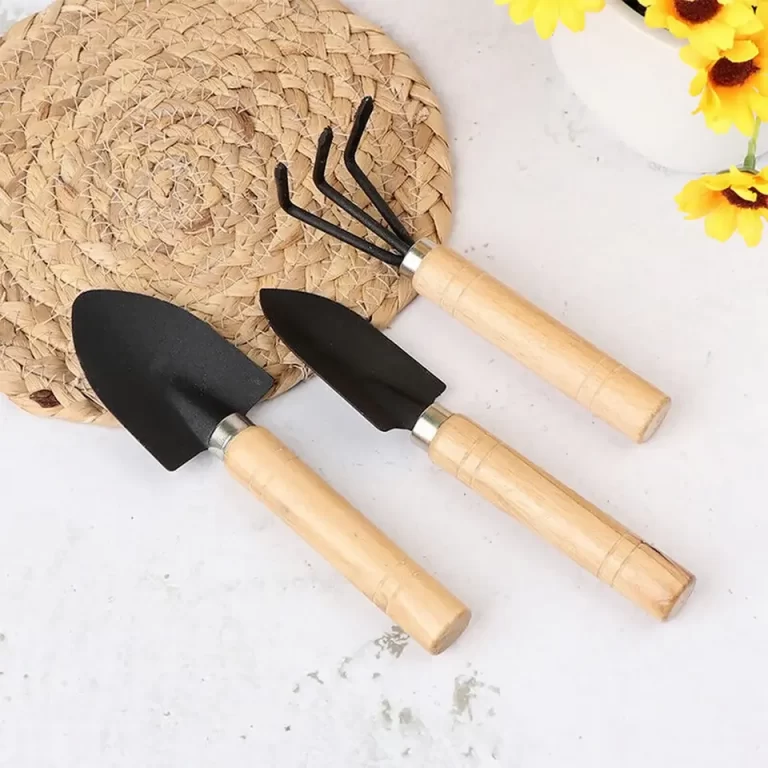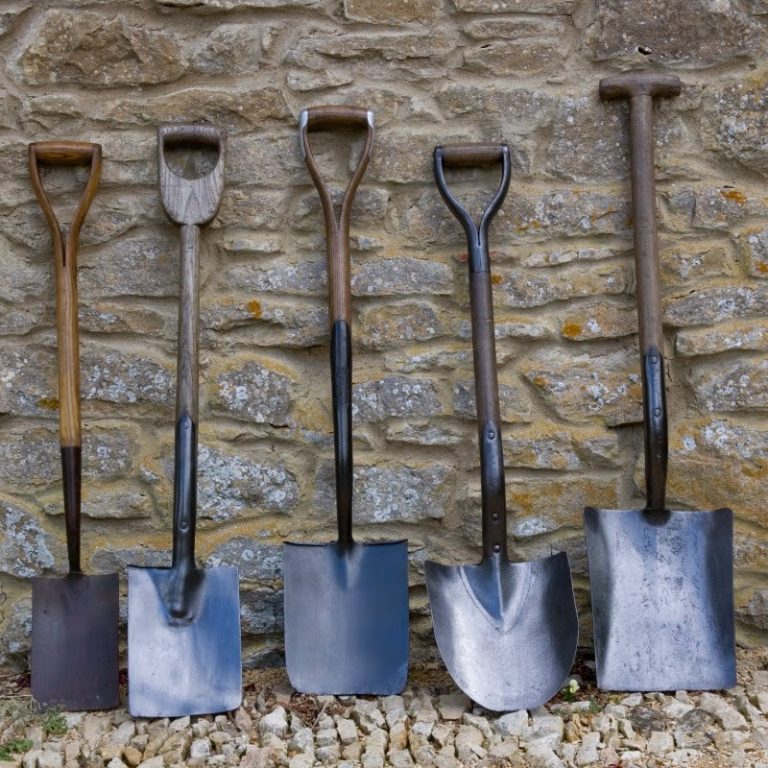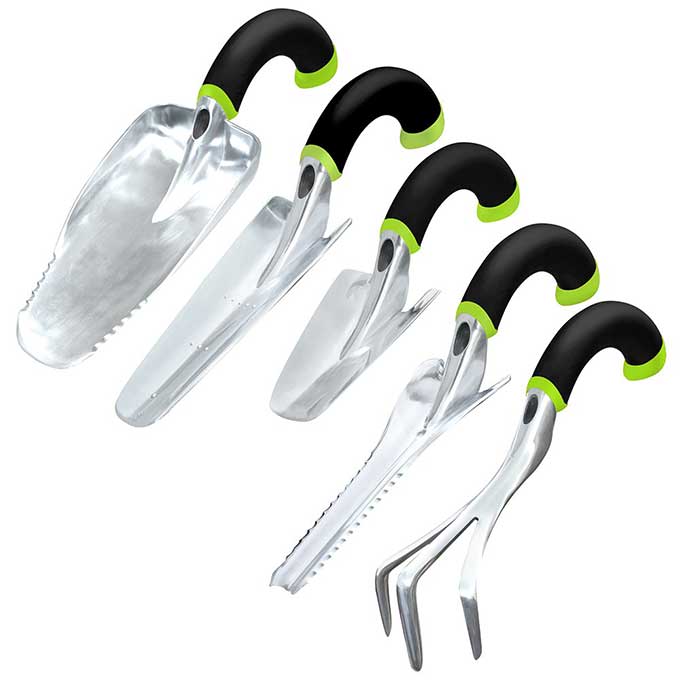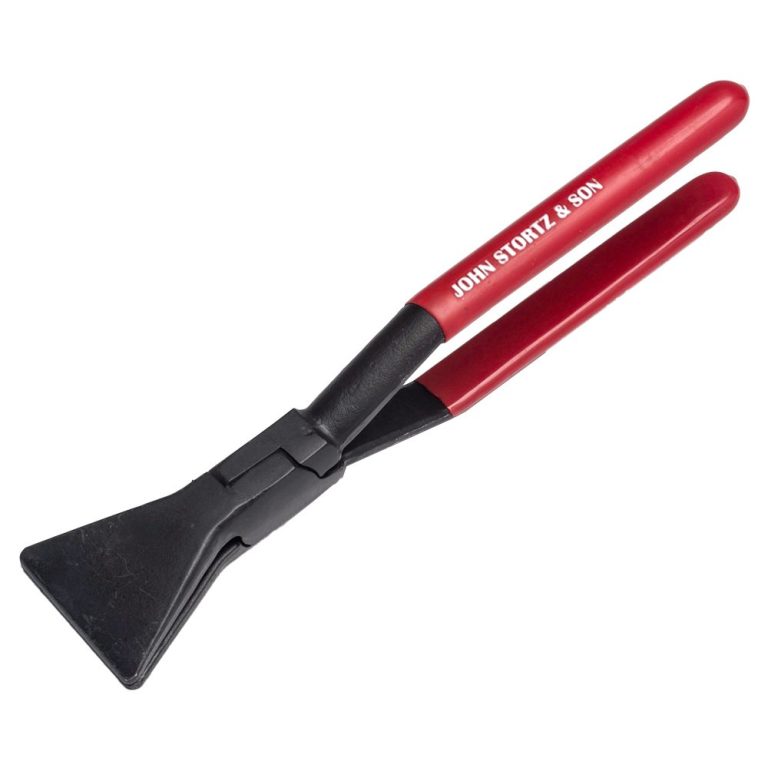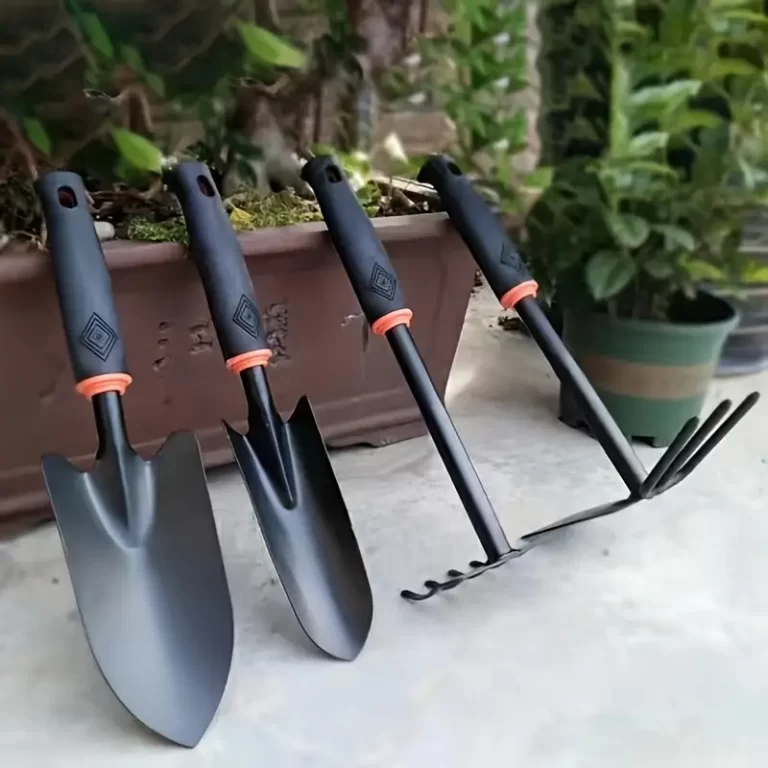Understanding the Lawn Leveling Rake
A lawn leveling rake stands out as an essential tool for yard maintenance. This specialized rake differs from traditional garden rakes. It features a wide, flat head with a straight edge. The design allows for smooth, even distribution of soil and other materials. Lawn leveling rakes come in various sizes and materials. Most have aluminum or steel heads with wooden or fiberglass handles. The tool’s primary purpose is to create a level surface on lawns and gardens. It excels at smoothing out bumps, filling in low spots, and preparing soil for seeding.
The Importance of a Level Lawn
A level lawn offers more than just aesthetic appeal. It improves drainage and prevents water pooling. Even surfaces reduce the risk of trip hazards. They also make mowing easier and more efficient. Level lawns promote uniform grass growth. This leads to a healthier, more resilient turf. Proper leveling can address issues caused by soil settling or animal activity. It creates an ideal foundation for new seed or sod installation. A flat lawn enhances the overall appearance of outdoor spaces. It can even increase property value in some cases.
The best lawn leveling rakes share several important features. A wide head, typically 24 to 36 inches, covers more ground quickly. Durable materials like aluminum or stainless steel ensure longevity. Some rakes have reversible heads for added versatility. Ergonomic handles reduce strain during extended use. Adjustable handle lengths accommodate users of different heights. Some models include level indicators for precise grading. Quality rakes often have reinforced connections between the head and handle. Lightweight designs make the tool easier to maneuver. Look for rakes with smooth edges to prevent lawn damage.
Proper Technique for Using a Lawn Leveling Rake
Effective use of a lawn leveling rake requires proper technique. Start by mowing the lawn short and removing debris. Identify low spots and areas needing attention. Add topsoil or sand to fill in depressions. Use the rake to spread the material evenly. Push and pull the rake in different directions for thorough coverage. Apply consistent pressure to create a uniform surface. Work in small sections for better control. Overlap each pass slightly to ensure complete coverage. Periodically step back to assess progress and identify missed spots. Rake parallel to structures for a neat appearance along edges.
Preparing Your Lawn for Leveling
Proper preparation ensures the best results when leveling a lawn. Begin by thoroughly watering the area a day before leveling. This softens the soil and makes it easier to work. Remove any rocks, sticks, or large debris from the lawn. Identify and mark any shallow utility lines or sprinkler heads. Decide on the appropriate fill material based on soil type and grass species. Calculate the amount of material needed to avoid over or under-filling. Consider aerating the lawn before leveling for better soil penetration. Test the soil pH and add amendments if necessary. Trim grass short to improve visibility of the surface contours.
Choosing the Right Fill Material
Selecting the appropriate fill material is crucial for successful lawn leveling. Topsoil works well for filling larger depressions. Sand is ideal for minor adjustments and improving drainage. A mixture of sand and topsoil offers a balanced solution for many lawns. Compost can be added to enrich the soil as you level. Avoid using pure clay, which can lead to compaction issues. Match the fill material to your existing soil type when possible. Consider the nutritional needs of your grass species. Some specialized lawn leveling mixes are available commercially. Always use clean, weed-free materials to prevent introducing problems to your lawn.
Maintaining a Level Lawn Over Time
Achieving a level lawn is just the beginning. Ongoing maintenance keeps the surface smooth and even. Regular mowing at the proper height prevents thatch buildup. Aerate the lawn annually to alleviate soil compaction. Address any new low spots promptly to prevent them from worsening. Avoid walking on wet lawns, which can create depressions. Use a roller sparingly, as over-compaction can harm grass roots. Maintain proper watering practices to prevent soil erosion. Monitor for pest activity that could create uneven areas. Repeat the leveling process as needed, typically every few years. Consistent care preserves the results of your leveling efforts.
Lawn Leveling for New Seed or Sod Installation
A level surface is critical when establishing new grass. Use the lawn leveling rake to create an ideal seedbed. Ensure even distribution of soil for uniform seed germination. For sod installation, a level base prevents air pockets and promotes root contact. Rake the area multiple times from different angles for best results. Pay extra attention to the edges where sod pieces will meet. A smooth surface allows for better seed-to-soil contact. It also ensures even water distribution for new plantings. Take time to achieve a perfectly level surface before seeding or sodding. This effort pays off with stronger, more uniform grass establishment.
Addressing Common Lawn Issues with Leveling
Lawn leveling can resolve various common yard problems. It eliminates puddles and improves overall drainage. Leveling corrects erosion damage on sloped areas. It can fix unevenness caused by tree root growth. The process helps blend repaired areas with the existing lawn. Leveling smooths out damage from burrowing animals like moles. It can correct settling around newly installed hardscaping. The technique is useful for blending boundaries between different grass types. Leveling helps restore lawns damaged by heavy foot traffic. It’s an effective way to rejuvenate compacted or bare patches in the yard.
Seasonal Considerations for Lawn Leveling
The timing of lawn leveling can impact its effectiveness. Spring and fall generally offer ideal conditions for the task. Cool temperatures and ample moisture support grass recovery. Avoid leveling during summer heat, which stresses grass. Winter leveling works in regions with mild climates. Consider your grass type’s growth cycle when planning. Cool-season grasses benefit from fall leveling. Warm-season varieties respond well to late spring treatment. Coordinate leveling with other lawn care tasks like overseeding. Be mindful of upcoming weather forecasts when scheduling the project. Proper timing ensures the best results and minimizes stress on the lawn.
Combining Lawn Leveling with Other Yard Improvements
Lawn leveling often complements other landscaping projects. It’s an excellent precursor to installing an irrigation system. Leveling improves the foundation for laying new pathways or patios. The process can be part of a larger lawn renovation plan. It enhances the results of dethatching or overseeding efforts. Leveling is often necessary when transitioning to a different grass type. It can be incorporated into landscaping design changes. The technique helps prepare areas for new garden bed installations. Combine leveling with soil amendments for comprehensive lawn improvement. Consider it a fundamental step in any major yard transformation project.
Professional vs. DIY Lawn Leveling
Homeowners must decide between professional and DIY lawn leveling. Professional services offer expertise and specialized equipment. They can handle large or complex leveling projects efficiently. Professionals assess underlying issues that may affect leveling results. DIY leveling saves money and provides a sense of accomplishment. It allows for ongoing adjustments and personal attention to detail. Homeowners can work at their own pace with DIY leveling. Professional services may be necessary for severe grading issues. DIY is suitable for minor corrections and routine maintenance. Consider the lawn’s size and the extent of unevenness when deciding. Some opt for a combination, hiring professionals for initial leveling and maintaining it themselves.
Environmental Impact of Lawn Leveling
Lawn leveling can have both positive and negative environmental effects. Proper leveling reduces water waste by improving drainage. It can decrease the need for chemical treatments on a healthier lawn. However, excessive soil disturbance may impact beneficial organisms. The choice of fill material affects the lawn’s environmental footprint. Natural, locally sourced materials are more eco-friendly options. Avoid over-leveling, which can remove too much topsoil. Consider incorporating organic matter to enhance soil health. Proper leveling can reduce runoff and soil erosion. It’s important to balance aesthetic goals with ecological considerations. Environmentally conscious practices ensure a beautiful lawn without harming local ecosystems.
Innovative Lawn Leveling Tools and Techniques
The lawn care industry continues to innovate leveling tools and methods. Some new rakes feature adjustable head angles for versatile use. GPS-guided leveling equipment offers precision for large areas. Lightweight, durable materials improve tool maneuverability and longevity. Some tools combine leveling with dethatching or aerating functions. Eco-friendly options made from recycled materials are emerging. New techniques incorporate soil amendments during the leveling process. Some methods use laser technology for perfectly even grading. Innovations focus on reducing physical strain and improving efficiency. These advancements make lawn leveling more accessible and effective for users.

Common Mistakes to Avoid in Lawn Leveling
Several pitfalls can hinder successful lawn leveling efforts. Overcompensating and creating new high spots is a frequent error. Using the wrong type of fill material can lead to drainage issues. Neglecting to water the lawn before leveling makes the soil harder to work. Attempting to level large areas all at once can be overwhelming. Failing to account for settling can necessitate repeated leveling. Using a rake that’s too heavy or wide for the user causes fatigue. Ignoring underlying issues like poor drainage or soil quality limits success. Leveling during inappropriate weather conditions can stress the grass. Rushing the process often leads to subpar results. Avoiding these mistakes ensures more effective and lasting lawn leveling.
The Future of Lawn Leveling Technology
Advancements in technology promise to revolutionize lawn leveling practices. Robotic leveling devices may automate the process for homeowners. Drones could be used to survey and map lawn topography precisely. Artificial intelligence might guide users through optimal leveling techniques. Smart sensors could provide real-time feedback on soil conditions. Virtual reality tools may offer training in proper leveling methods. 3D printing technology could produce custom lawn leveling tools. Eco-friendly, biodegradable fill materials may become more prevalent. Automated systems might combine leveling with other lawn care tasks. These innovations aim to make lawn leveling more accessible and effective. The future holds exciting possibilities for easier, more precise lawn maintenance.
Conclusion: Mastering the Art of Lawn Leveling
Lawn leveling stands as a crucial skill for achieving a picture-perfect yard. The right tools, techniques, and knowledge transform this task into an art form. A level lawn not only enhances aesthetics but also improves functionality. It creates a healthier environment for grass growth and outdoor activities. Whether tackling the job yourself or hiring professionals, understanding the process is valuable. Regular maintenance preserves the results of leveling efforts over time. As technology advances, lawn leveling becomes more precise and accessible. The rewards of a beautifully level lawn make the effort worthwhile. With patience and proper technique, any homeowner can master the art of lawn leveling.



